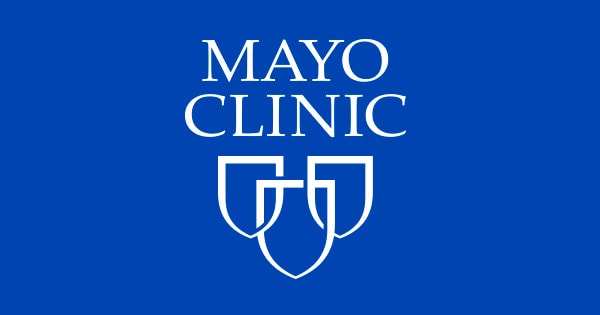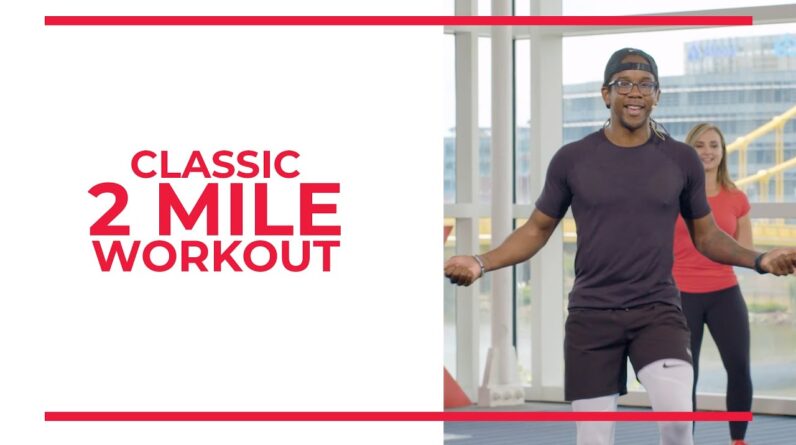
Exercise that raises your heart rate, called aerobic exercise, can help you live longer and be healthier. Aerobic exercise can lower health risks, keep off extra pounds, make your heart stronger and lift your mood. It also can lower the risk of death from all causes.
Guidelines recommend that healthy adults get at least 150 minutes of moderate aerobic activity or 75 minutes of vigorous aerobic activity a week. Or get an equal combination of moderate and vigorous activity. For even more health benefits, the guidelines suggest getting at least 300 minutes a week of moderate aerobic activity.
That doesn’t have to be all at one time, though. For instance, brisk walking for 30 minutes, five days a week meets the guidelines. Aerobic exercise can be done in short blocks of time, such as a few walk breaks spread throughout the day. Any activity is better than none at all.
Aim to spend less time sitting, too. The more hours you sit each day, the higher your risk of metabolic problems. Sitting too much can negatively affect your health and longevity.
Recent studies report big health benefits from exercising harder for short periods, called interval training. For instance, run or walk as fast as you can for 30 seconds. Then walk at an easy pace for 1 to 2 minutes. Do this many times.
For many people, walking is a great choice for aerobic exercise. Walking is one of the most natural forms of exercise. It’s safe and simple. All it takes to get started is a good pair of walking shoes and a promise to yourself to include aerobic exercise in your life every day.
Of course, there are other aerobic exercises you can do. Other popular choices include swimming, biking and jogging. Activities such as dancing and jumping rope count, too. Get creative and get moving.
There is a problem with information submitted for this request. Review/update the information highlighted below and resubmit the form.
From Mayo Clinic to your inbox
Sign up for free and stay up to date on research advancements, health tips, current health topics, and expertise on managing health. Click here for an email preview.
To provide you with the most relevant and helpful information, and understand which information is beneficial, we may combine your email and website usage information with other information we have about you. If you are a Mayo Clinic patient, this could include protected health information. If we combine this information with your protected health information, we will treat all of that information as protected health information and will only use or disclose that information as set forth in our notice of privacy practices. You may opt-out of email communications at any time by clicking on the unsubscribe link in the e-mail.
Thank you for subscribing!
You’ll soon start receiving the latest Mayo Clinic health information you requested in your inbox.
Sorry something went wrong with your subscription
Please, try again in a couple of minutes
March 29, 2024
- Physical Activity Guidelines for Americans. 2nd ed. U.S. Department of Health and Human Services. https://health.gov/our-work/physical-activity/current-guidelines. Accessed June 9, 2023.
- Benefits of physical activity. Centers for Disease Control and Prevention. http://www.cdc.gov/physicalactivity/everyone/health/index.html. Accessed June 9, 2023.
- Tips to help you get active. National Institute of Diabetes and Digestive and Kidney Diseases. https://www.niddk.nih.gov/health-information/weight-management/tips-get-active. Accessed June 9, 2023.
- Peterson DM. The benefits and risks of aerobic exercise. https://www.uptodate.com/contents/search. Accessed June 9, 2023.
- Four types of exercise can improve your health and physical activity. National Institute on Aging. https://www.nia.nih.gov/health/four-types-exercise-can-improve-your-health-and-physical-ability. Accessed June 9, 2023.
- AskMayoExpert. Physical activity (adult). Mayo Clinic; 2022.
- Tips for starting physical activity. National Institute of Diabetes and Digestive and Kidney Diseases. https://www.niddk.nih.gov/health-information/weight-management/tips-get-active/tips-starting-physical-activity. Accessed June 9, 2023.
- 7 dynamic warm-ups, The Arthritis Foundation. https://www.arthritis.org/health-wellness/healthy-living/physical-activity/other-activities/7-dynamic-warm-ups. Accessed June 9, 2023.
- Rothschild JA, et al. What should I eat before I exercise? Pre-exercise nutrition and the response to endurance exercise: Current prospective and future directions. Nutrients. 2020; doi:10.3390/nu12113473.
- Miller M, et al. Sports nutrition. In: DeLee, Drez, and Miller’s Orthopaedic Sports Medicine: Principles and Practice. 5th ed. Elsevier; 2020. https://www.clinicalkey.com. Accessed June 9, 2023.
.








